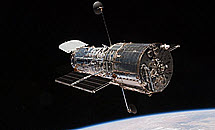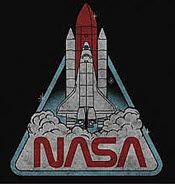Be sure to Click LIKE at the bottom of this article, and share it everywhere!! By Craig Andresen – The National Patriot and Right Side Patriots – Commentary
 Back in 1990, the Hubble Space Telescope was launched, and after being fitted with glasses due to a rather unfortunate mix-up between standard and metric measurements, we started seeing things that simply astounded us. We saw the cosmos with a clarity never before imagined.
Back in 1990, the Hubble Space Telescope was launched, and after being fitted with glasses due to a rather unfortunate mix-up between standard and metric measurements, we started seeing things that simply astounded us. We saw the cosmos with a clarity never before imagined.
Hubble has done more to enhance our knowledge and understanding of the universe since 1990 than Galileo has since 1609. The images we have gazed upon with rightful wonder thanks to Hubble have been magnificent, awe-inspiring and breath-taking. Among other things, Hubble has helped pin down the age for the universe now known to be 13.8 billion years, roughly three times the age of Earth.
Because of Hubble, we’ve discovered two moons of Pluto, Nix and Hydra. Hubble has helped determine the rate at which the universe is expanding, discovered that nearly every major galaxy is anchored by a black hole at the center and created a 3-D map of dark matter. Hubble has found exoplanets and helped determine their composition. Hubble let us watch a comet slam into Jupiter, found water vapor erupting off the surface of Jupiter’s moon Europa and for the very first time, the effect of gravitational lensing on a distant exploding star.





